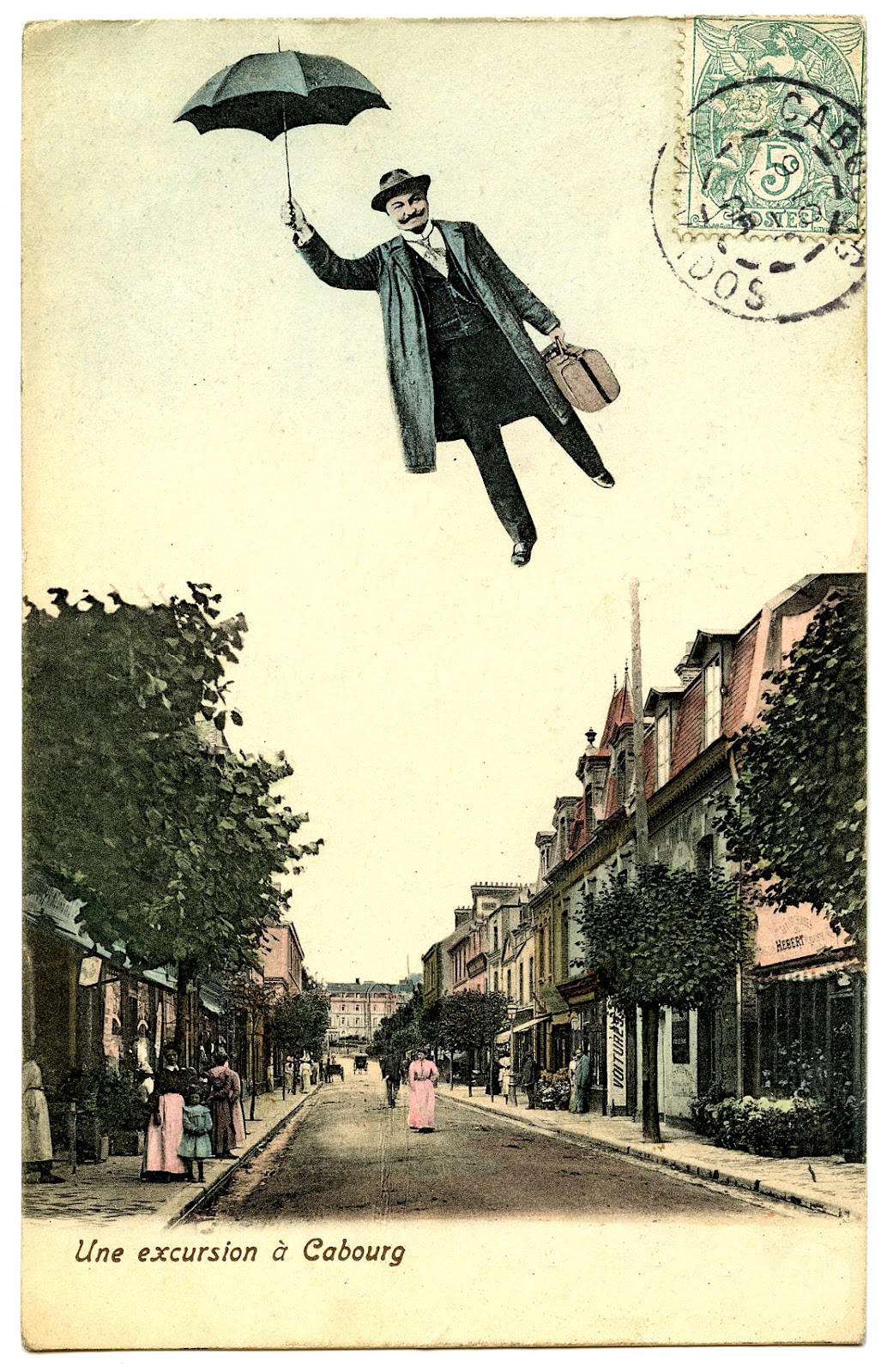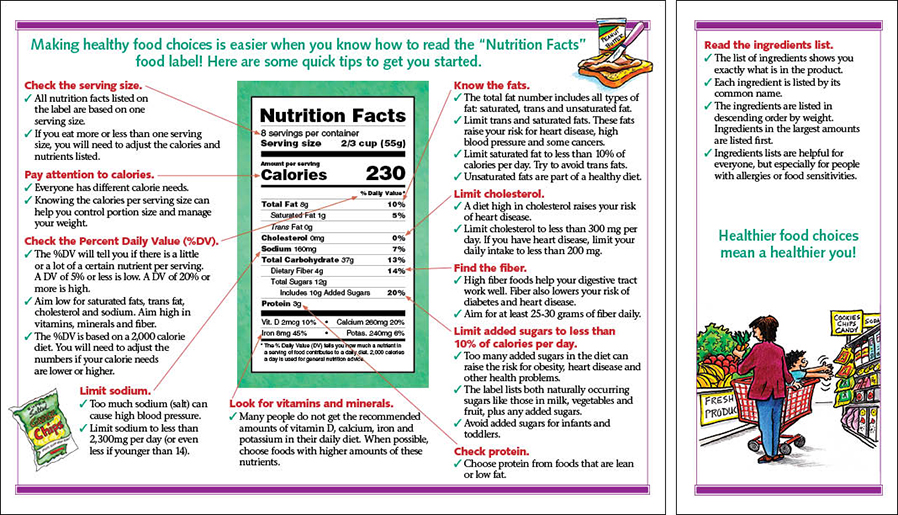44 reading labels on food
How To Read Food and Beverage Labels How to read the Nutrition Facts label The U.S. Food and Drug Administration (FDA) requires a Nutrition Facts label on most packaged foods and beverages. At the top of the Nutrition Facts label, you will find the total number of servings in the container and the food or beverage's serving size. Food Label Reading - What You Need to Know - Drugs.com Cholesterol: The amount of cholesterol you eat and drink each day should be less than 300 milligrams (mg). Sodium: The daily value for sodium is 2400 mg. Most people can stay healthy by eating 2000 to 4000mg of sodium per day. Talk to your caregiver if you are eating more than 4000 or 5000mg of sodium per day.
When it comes to reading food labels, what's most important? When it comes to reading food labels, what's most important? · Serving size. Check to see how many servings the package contains. · Fiber. Eat at least 5-10 grams ...

Reading labels on food
Food Labels: Read It Before You Eat It! - AAAAI This can make reading food ingredient labels difficult and it may be hard to know how a particular ingredient relates to your allergy. Here are a few tips and things to keep in mind when reading a food label for food allergy: Read the label every time. No matter how routine or mundane, it is important for individuals, parents, and care givers ... How to Read a Food Label - FoodAllergy.org Starting Jan. 1, 2023, allergen labeling of sesame will be required under the Food Allergy Safety, Treatment, Education and Research (FASTER) Act of 2021. Ingredients and manufacturing processes can change without warning. Make a habit of carefully reading labels to ensure you avoid any potential allergens. "May Contain" Statements 5 Tips from an Expert on How to Read Food Labels - FoodPrint The next step is choosing grassfed, looking for a label like "Certified Grassfed by AGW" or "PCO Certified Grassfed." "The nutrient density and fatty acid profile of [milk and beef] is much better when you finish cows on grass, rather than corn [which is typical in industrialized animal production]," Urvashi explained.
Reading labels on food. 5 tips for decoding food labels - Harvard Health If the label says 125 calories per 8 ounce serving and your breakfast includes a 16 ounce glass of OJ, then you've taken in 250 calories from the juice alone. (About as many calories as you'd find in many chocolate bars.) Look for fat: the good, the bad, and the really bad. Check the saturated fat and trans fat content of the food. Use food labels - Canada's Food Guide How to use food labels · Nutrition facts table: provides information on serving size, calories, certain nutrients and % daily values (% DV). · Ingredient list: ... How to read food labels - Heart Foundation NZ The star rating is calculated using an algorithm that takes into consideration a number of positive and negative nutrients for a particular food. The positive elements include protein, fibre, fruit, vegetable, nut, seed and legume content. The negative elements include energy, sodium, saturated fat, and sugar. The Basics of the Nutrition Facts Label Mar 4, 2022 — Step 1: Start with the Serving Size · Step 2: Compare the Total Calories to Your Individual Needs · Step 3: Let the Percent Daily Values Be a ...
How to Read Food Labels | mySugr Reading food labels gives you a better understanding of what's in your food — making it easier to make healthy choices. If you're not paying attention to food labels, you're not getting all the details on your food. Such as the total carbs, sugar, calories, fat, salt, and more. 65 People Reading Labels On Food Premium High Res Photos Browse 65 people reading labels on food stock photos and images available, or start a new search to explore more stock photos and images. Ciera Price, left, gets some tips on how to read food labels from the Giant food store nutritionist Jillian Griffith April 30, 2019 in Washington,... Food Labeling & Nutrition | FDA Food labeling is required for most prepared foods, such as breads, cereals, canned and frozen foods, snacks, desserts, drinks, etc. Nutrition labeling for raw produce (fruits and vegetables) and... Food labels - NHS Some front-of-pack nutrition labels use red, amber and green colour coding. Colour-coded nutritional information tells you at a glance if the food has high, medium or low amounts of fat, saturated fat, sugars and salt: red means high amber means medium green means low In short, the more green on the label, the healthier the choice.
How to read food labels: MedlinePlus Medical Encyclopedia If a label says that a food has 100 mg of sodium, this means it has about 250 mg of salt. You should eat no more than 2,300 mg of sodium per day. This is the amount of sodium that is in 1 measuring teaspoon of table salt. Ask your health care provider if you should have even less. The % daily value is included on the label as a guide. Learning To Read Labels :: Diabetes Education Online On a nutrition food label, subtract the fiber from the total carbohydrate amount. When you read food labels, the grams of sugar are already included in the total carbohydrate amount, so you do not need to count this sugar amount separately. The grams of sugar listed include both natural sugars, from fruit or milk, and added sugars. Reading Food Labels - What You Need to Know - Drugs.com Reading labels may also help you to eat less of the nutrients that could cause health problems. Eating too much fat, saturated (SACH-er-ay-ted) fat, trans fat, cholesterol (koh-LES-ter-ol) and sodium may increase your risk for certain health problems. Some of these health problems are heart disease and high blood pressure. 13 Misleading Food Label Claims and How Not to Be Tricked Meals and main dishes should include 120 calories or less per 100 grams of food. 6. Label Says "Low-Carb" The FDA does not have any guidelines for the labeling of foods as low-carb. For this reason, the label can be used on virtually any product. 7. Label Says "Low-Fat"
Reading Food Labels | ADA - American Diabetes Association Put food labels to work The Nutrition Facts labels on foods are really the key to making the best choices. We'll cover the basics so that these labels make shopping easier for you. Get started Understanding Carbs You've heard it all. From carb-free to low-carb, to whole and empty carbs, it's hard to know what it all means. Learn more
Reading the 'Other' Food Labels When you're shopping for meat, dairy products, fish, and poultry, labels can reveal the environment in which the animals were raised or produced and what they were fed. Since the food and activity...
Reading food labels: Tips if you have diabetes - Mayo Clinic Reading food labels can help you make the best choices. Start with the list of ingredients When you're looking at food labels, start with the list of ingredients. Keep an eye out for heart-healthy ingredients, especially those that are less processed, such as whole-wheat flour, soy and oats.
Reading Food Labels | BeyondCeliac.org Reading Food Labels. While label reading can seem overwhelming at first, you'll become confident over time. Download the Beyond Celiac Step by Step Guide to Reading Gluten-Free Labels to help you navigate the supermarket shelves.
Understanding Food Nutrition Labels | American Heart Association Learn what to look for on the label. 1 - Start with the serving information at the top. This will tell you the size of a single serving and the total number of servings per container (package). 2 - Next, check total calories per serving and container.
PDF How to Read the Food Label - Risk Services Food Label You can make healthier food choices by reading the "Nutrition Facts" label . Serving size: Look here first! Is your serving the same as the one on the label? • If you eat twice the serving size, you double the . calories and other nutrient values. • If you have diabetes or follow a specific meal plan, the serving size on the ...
Food label reading guide | Nutrition Australia The Health Star Rating is a front of pack labelling scheme which can be used to make healthier food choices at a glance. The rating range is from ½ - 5 stars and the more stars, the healthier the choice. Recommended minimum star ratings for food and drink categories Remember: Reading food labels can help us make healthy choices.
NC DHHS: Reading Food Labels NC Department of Health and Human Services 2001 Mail Service Center Raleigh, NC 27699-2000 Customer Service Center: 1-800-662-7030 For COVID-19 questions call 1-888-675-4567
Food Labels | CDC If you eat the whole thing, you are eating 8 times the amount of calories, carbs, fat, etc., shown on the label. Total Carbohydrate shows you types of carbs in the food, including sugar and fiber. Choose foods with more fiber, vitamins, and minerals. Choose foods with lower calories, saturated fat, sodium, and added sugars. Avoid trans fat.
How to Read Food Labels Like a Nutritionist | HUM Nutrition Blog Reading food labels is a tricky process worthy of a facepalm emoji (which luckily now exists to help express frustration and exasperation). Labels can be incredibly misleading because regulations are complex and many manufacturers take certain liberties with health claims. As a result, you may end up with a product that's much less healthy ...
How To Read Nutrition Labels The % Daily Value (DV) tells you how much a nutrient in a serving of food contributes to a daily diet. 2,000 calories a day is used for general nutrition advice. Low is 5% or less. Aim for low in saturated fat, trans fat, cholesterol, sodium, and added sugars. High is 20% or more. Aim high in vitamins, minerals and dietary fiber. 4.
How to Read Labels on Food Packages: Facts, Photos, History, and More! Below, we'll take a look at the sections of a food label and figure out exactly what they are for. 1. Percent Daily Value (% DV) The Percent Daily Value (% DV) indicates how much a nutrient in a serving of the food or beverage contributes to a total daily 2,000-calorie diet. A person requires 2,000 calories a day to maintain their body weight.
Your Clean Eating Guide to Reading Food Labels at the Grocery Store A chocolate bar may say 10 grams of sugar per serving, but a serving may be only 4 squares of chocolate out of a 16 square bar. If you were to eat the full bar of chocolate (some of us have been known to do that) you'd be looking at 40 grams of sugar in one sitting! 4. Check Calorie Count. When you've adopted a Clean Eating lifestyle ...

optavia-condimentsheet.pdf - Google Drive | Optavia recipes, Food labels, Reading food labels
How to Understand and Use the Nutrition Facts Label - FDA You can use the label to support your personal dietary needs - look for foods that contain more of the nutrients you want to get more of and less of the nutrients you may want to limit. Nutrients...
How to Read Food Labels Without Being Tricked - Healthline Nutrition labels state how many calories and nutrients are in a standard amount of the product — often a suggested single serving. However, these serving sizes are frequently much smaller than what...










Post a Comment for "44 reading labels on food"